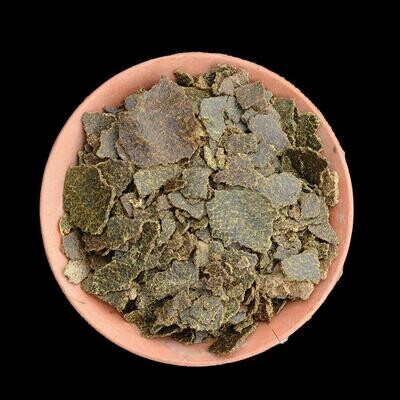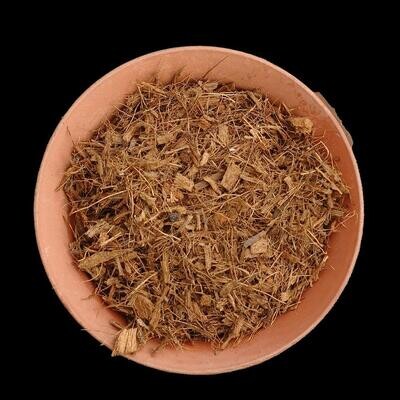Please check the Shipping Updates Page for information on shipping.
Aloe hybrid (TC Miniatures) 'Swamp Thing'
Origin of Name
Aloe hybrid (TC Miniatures) 'Swamp Thing' is a cultivated hybrid variety within the Aloe genus. The 'TC Miniatures' represents Tissue Culture propagation from one satisfactory individual. The name 'Swamp Thing' suggests an unusual and high degree of serrations and teeth, drawing a creative parallel to fictional monsters known for its connection to natural, swampy environments.
Technical Description of Plant
Aloe hybrid (TC Miniatures) 'Swamp Thing' is known for its compact size and distinctive ornamental appeal. This miniature Aloe typically forms a small, dense rosette of succulent leaves. The leaves are fleshy and may exhibit a range of colors from deep green to shades of brown or red, often with interesting patterns or markings. They have a dense soft teeth or serrations along the edges, adding to the plant's textured look.
Origin of Plant
As a cultivated hybrid, Aloe hybrid (TC Miniatures) 'Swamp Thing' does not have a specific natural habitat but is instead the result of selective breeding for desirable traits. Aloes are predominantly native to Africa and are adapted to grow in arid and semi-arid environments.
Conservation Status
Aloe hybrid (TC Miniatures) 'Swamp Thing', being a cultivated variety, does not have a conservation status. The cultivation of such hybrids contributes to the diversity of plant material available for gardening and reduces the pressure on wild Aloe species.
Care Instructions
Aloe hybrid (TC Miniatures) 'Swamp Thing' requires typical Aloe care. It thrives in bright, indirect sunlight but can tolerate some direct sun, though too much can lead to leaf scorch. A well-draining soil mix is crucial. Water moderately during the growing season, allowing the soil to dry out completely between waterings, and reduce watering in the winter. This Aloe is not frost-tolerant and should be protected from freezing temperatures. Fertilization is generally not necessary, but a light feeding with a succulent fertilizer can be done during the active growing season if desired.





